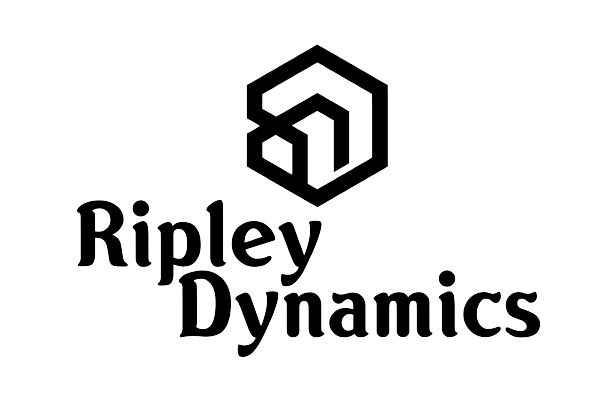How we grew our manufacturing business…
First off. We don’t have all the answers. But… Here is how I personally grew my manufacturing business that specialises in Injection moulding, 3D Printing and prototyping to over 700k and growing. If this works for you then I expect… nothing. Just spread the information.
There are several things I did when starting out that helped me. I have listed them in no particular order below and then also provided examples of how I implemented this
1 Diversification of Services:
Injection Moulding Excellence:
Focusing on the core competency of injection moulding, ensuring high-quality production, and optimising processes for efficiency likely played a crucial role. This could include investing in advanced machinery, streamlining production workflows, and implementing quality control measures.
The way we did this was partnering and later formally joining forces with BWA Plastics who are leaps and bounds ahead of not only our regional business but also within Australia.
3D Printing Innovation:
Embracing 3D printing technology showcases adaptability and innovation. This could involve staying updated with the latest 3D printing advancements, investing in cutting-edge printers, and offering a diverse range of 3D printing services.
We did this more so by offering a complete suite of technologies and materials with the goal of never turning down a material request or project. Focusing on this goal ended up with a higher output of return clients and on the very rare occasion that we did have to turn down the work we also had a backup connection who would be more than willing to assist them.
Prototyping Expertise: Building a reputation for excellent prototyping services is key. This involves quick turnaround times, precision in design realisation, and collaboration with clients during the prototyping phase. This is something that we’re continuing to work on, managing designs and increasing turnaround time is difficult but will be an on-going project for the foreseeable future.
I will mention now that a service called Phasio did help with this. We have no connection other than the team over there being extremely diligent at listening to our feedback. It’s a CRM, e-commerce and project management tool rolled into one. There are others out there but we find Phasio to be the best and it is something worth looking into.
2 Vertical integration:
By vertically integrating the aforementioned diverse services we have an exceptional base to vertically integrate our manufacturing business. Allowing our clients to scale with us from one prototype to the small production run to the mass-production run. This framework is not new and has been used by hundreds if not thousands of businesses prior to us.
3 Customer Relationship Management:
Building strong and lasting relationships with clients is crucial. This may involve personalised customer service, understanding and anticipating client needs, and effective communication throughout the project lifecycle. Happy clients often lead to repeat business and positive word-of-mouth referrals.
Now, I’m not saying you won’t have bad reviews or every client interaction goes your way. Because I’m not afraid to say I’ve let clients down in the past and despite my team and I’s best efforts, we may let them down in the future. However, the goal is to have that in the very lowest percentile possible. I learnt how to deal with this from a client of mine who said even when you’re under pressure just sending small progressive updates or outlining the issues you're facing and showing what you’re doing to resolve it is the best way to maintain these relationships.
The first 12 months of the business were rough, I was hiring fast, finding suppliers, finding connections and building relationships but it shows from the relationships we built during that time that there is exceptional loyalty amongst these clients. Having that base increases your ability to skyrocket your revenue as the stress of falling flat on your face and… failing starts to fall away.
3 Digital Presence:
Developing a strong online presence is essential in today's digital age. This includes having a user-friendly website that showcases your services, utilising social media for marketing and customer engagement, and potentially investing in e-commerce capabilities for online transactions.
This could be an entire topic on its own but for the first twelve months I had no budget for marketing therefore all the leads and google impressions had to be organically generated.
Here is how we did that:
Google My Business:
Every location opened we had a Google My Business and pushed heavily for Google Reviews, ensuring that keywords were part of our posting.
SEO:
Blog posts such as this one, keywording our website correctly and posting case studies helped.
Doing these two things was how we generated 90% of our traffic over the first twelve months. We’ve since looked at paid advertising and are still exploring our strategy for this. Once we have something we’ll update this page!
4 Collaborations and Partnerships:
Collaborating with other businesses, both within and outside your industry, can open up new opportunities. Partnering with suppliers, distributors, or complementary service providers can enhance your capabilities and broaden your market reach.
This ties in well with our partnership with BWA Plastics. At the beginning of our relationship we were just a customer-supplier relationship, they would do our small scale injection moulding as a favour to us. We then started their prototyping and finally we formed a partnership which has meant that both our pool of clients benefits of discounted rates and increased supply chain resilience.

